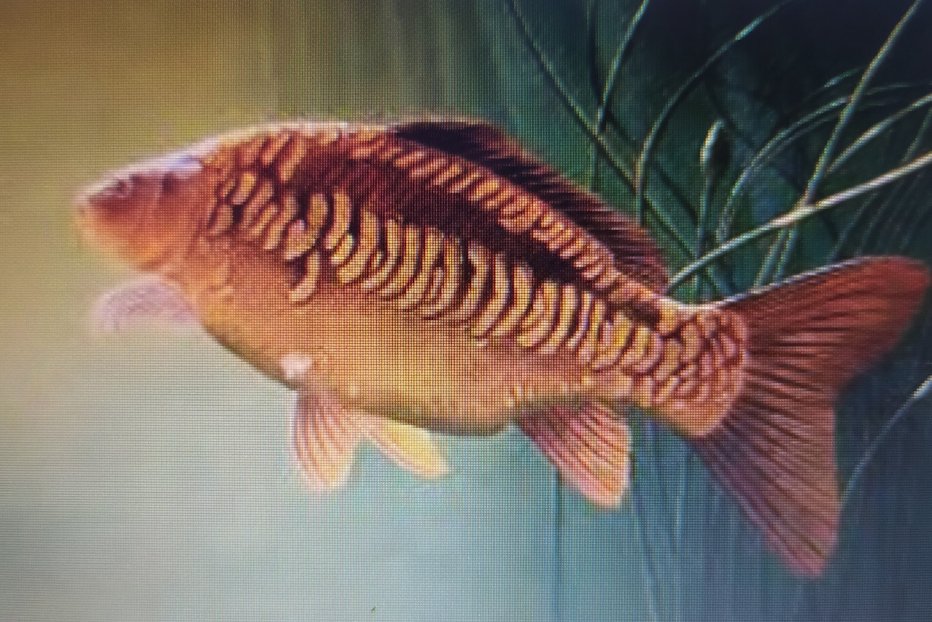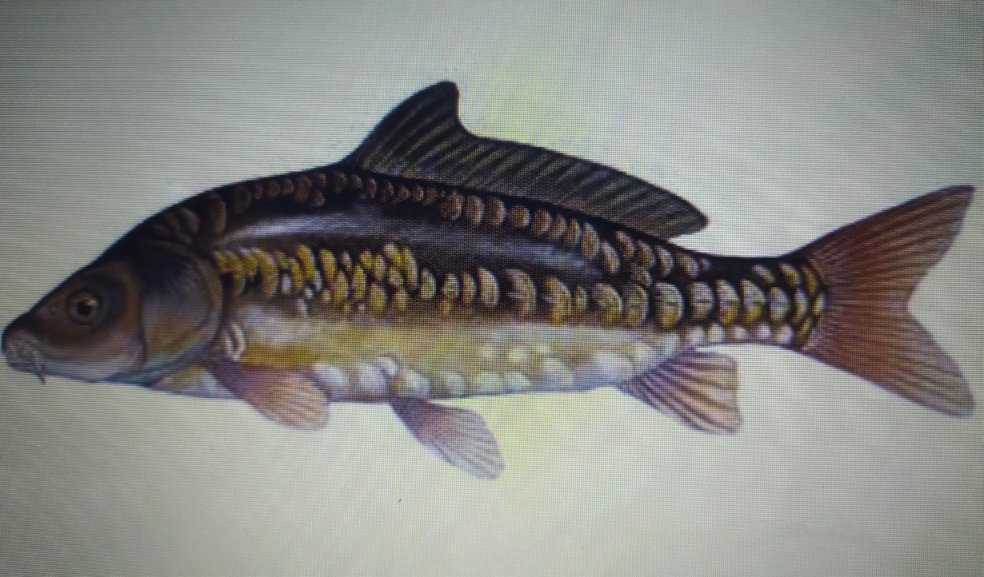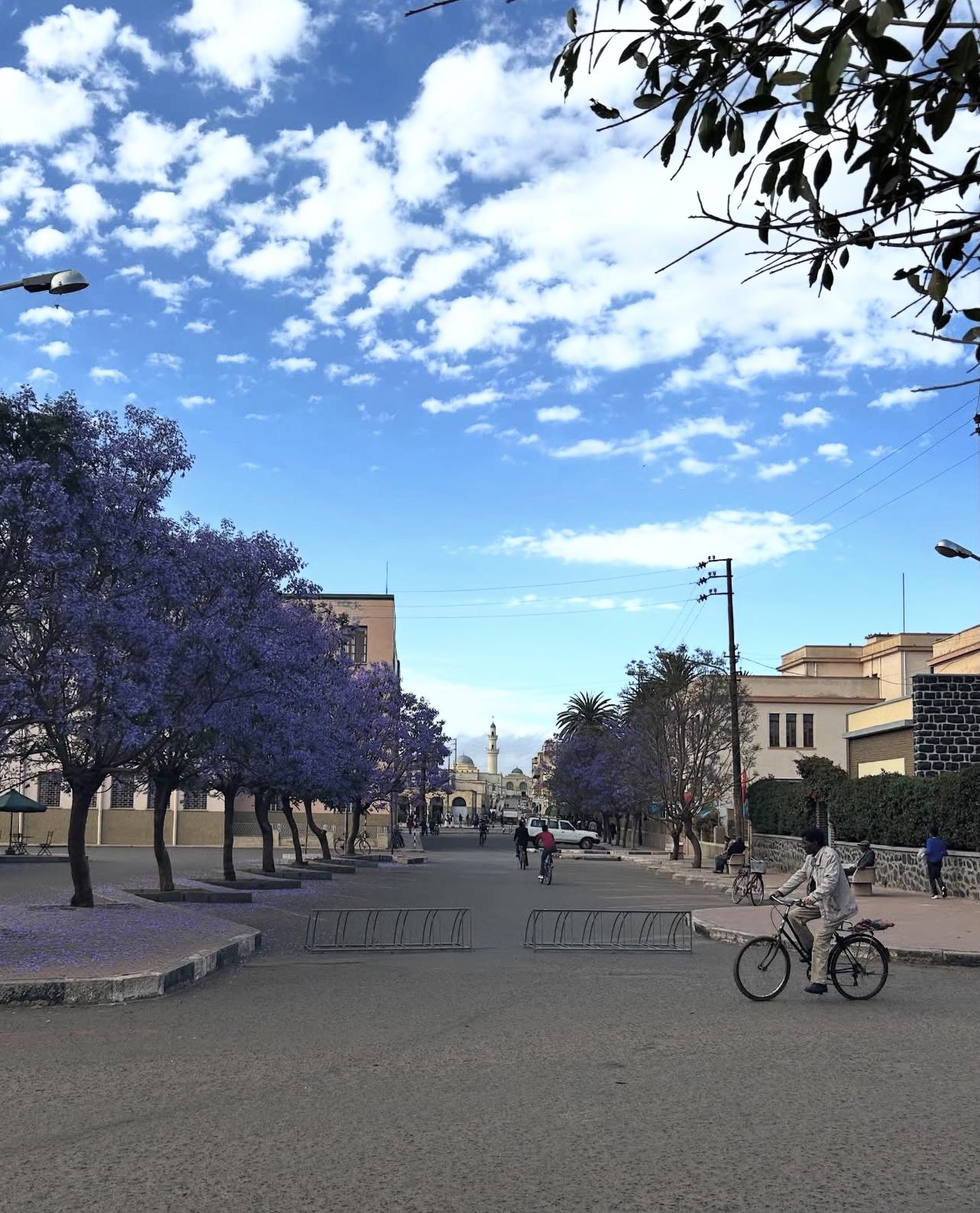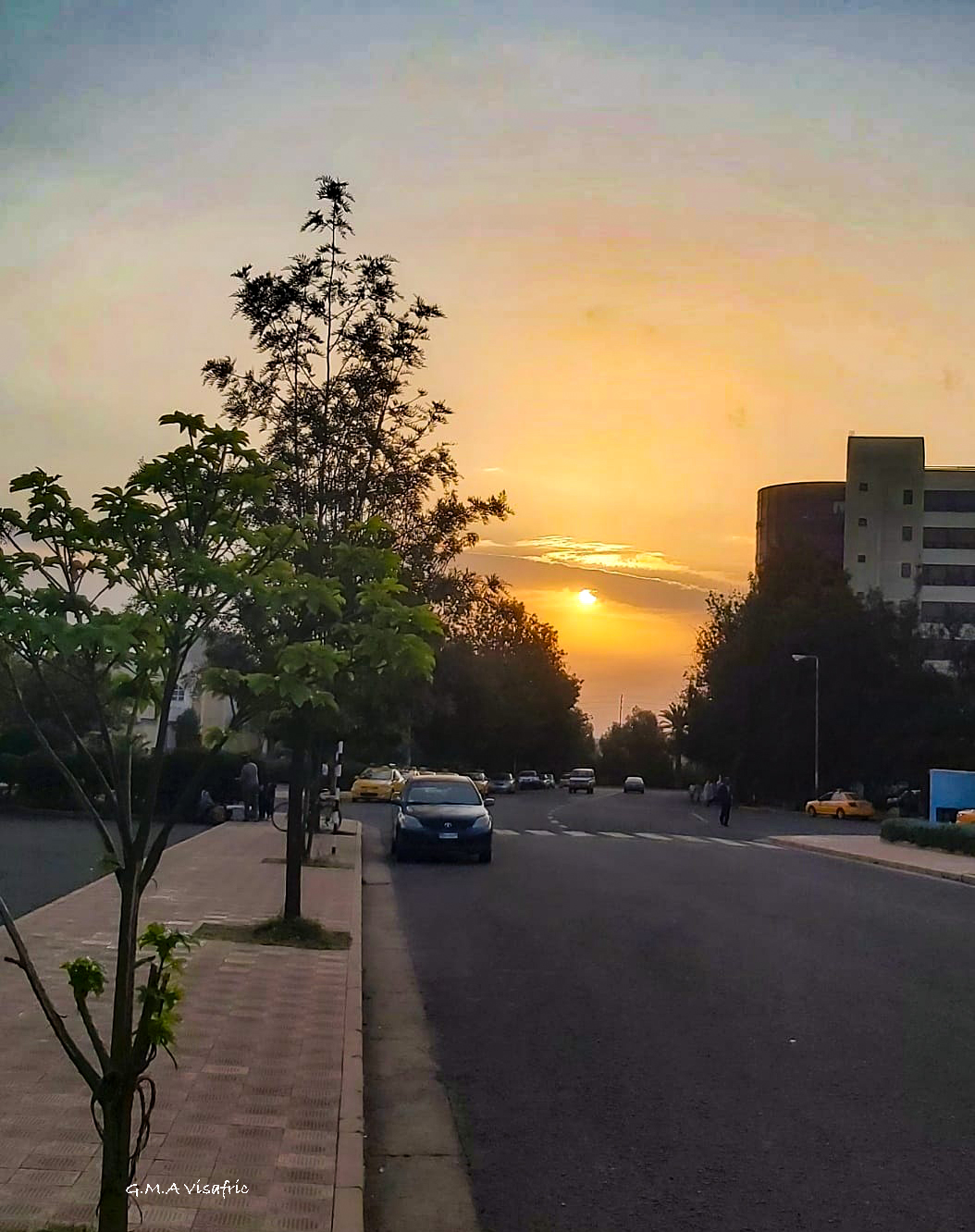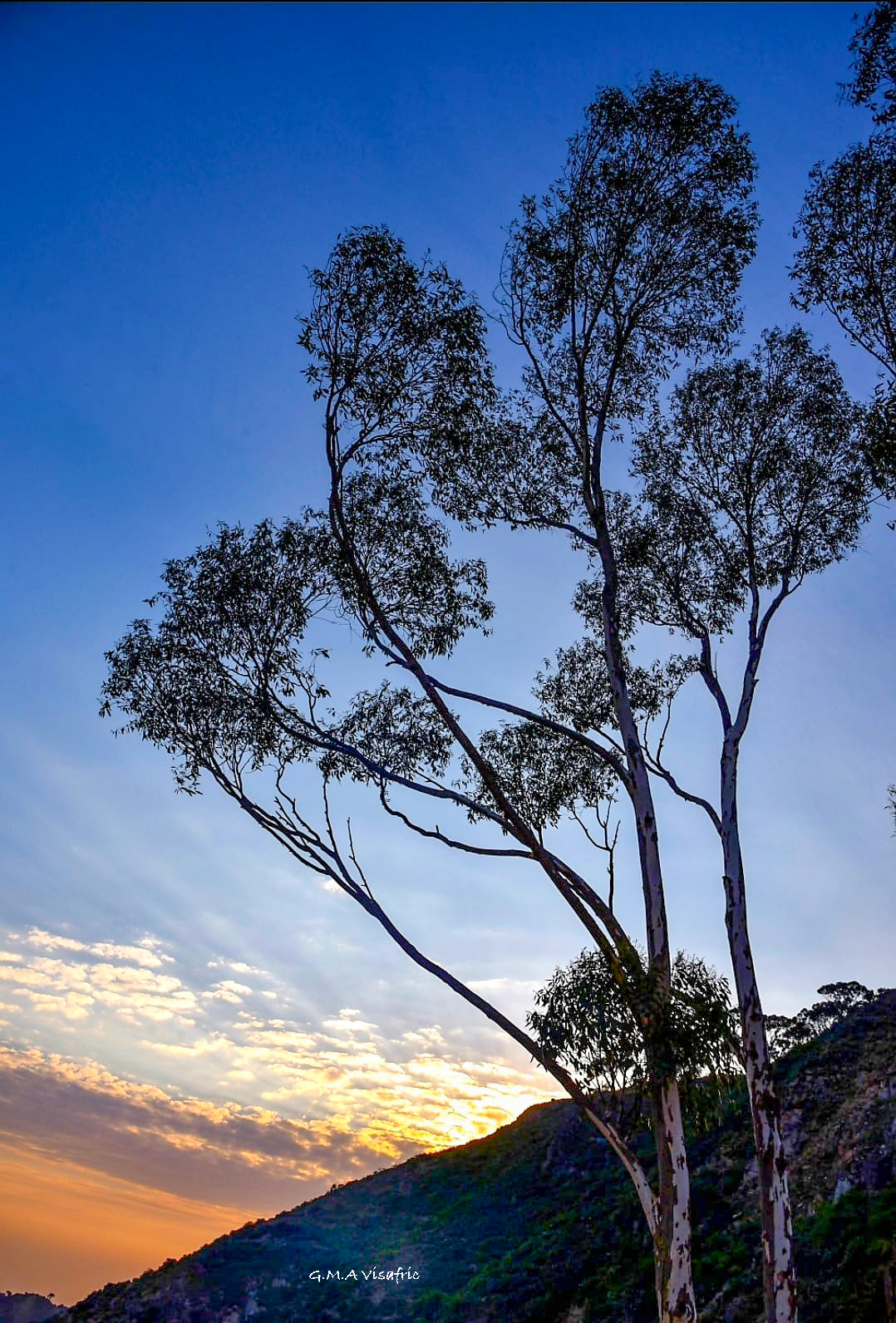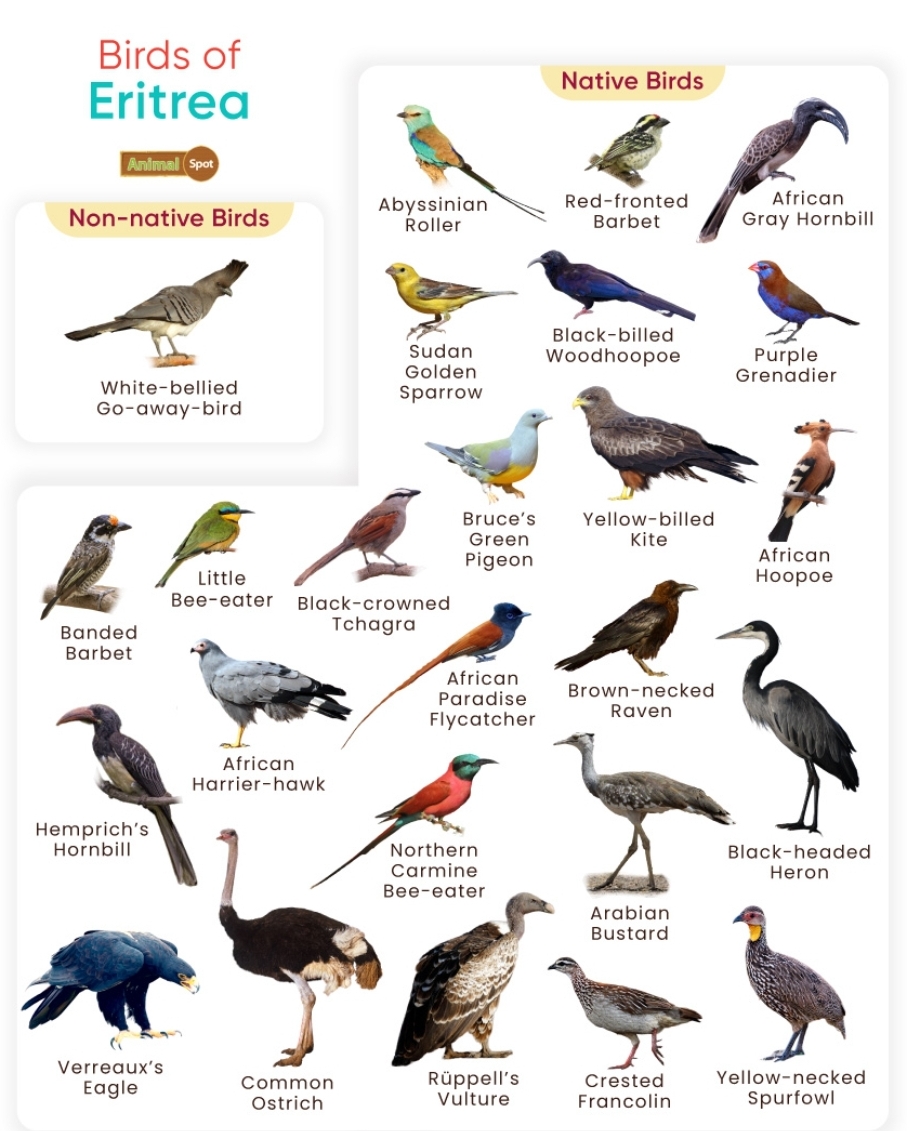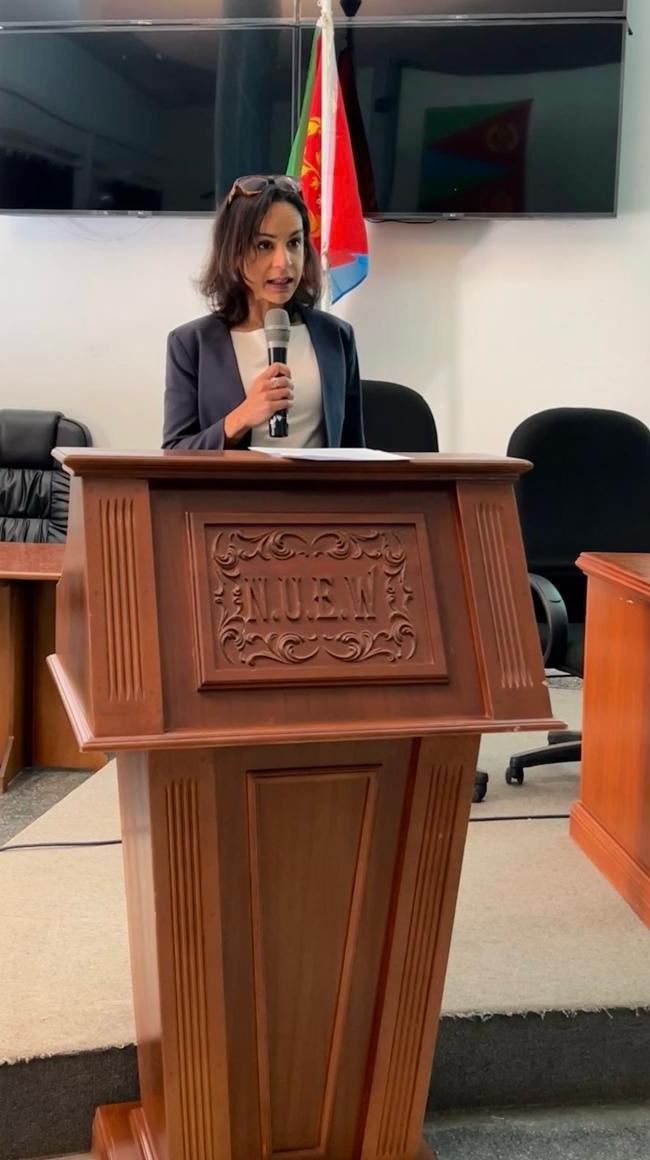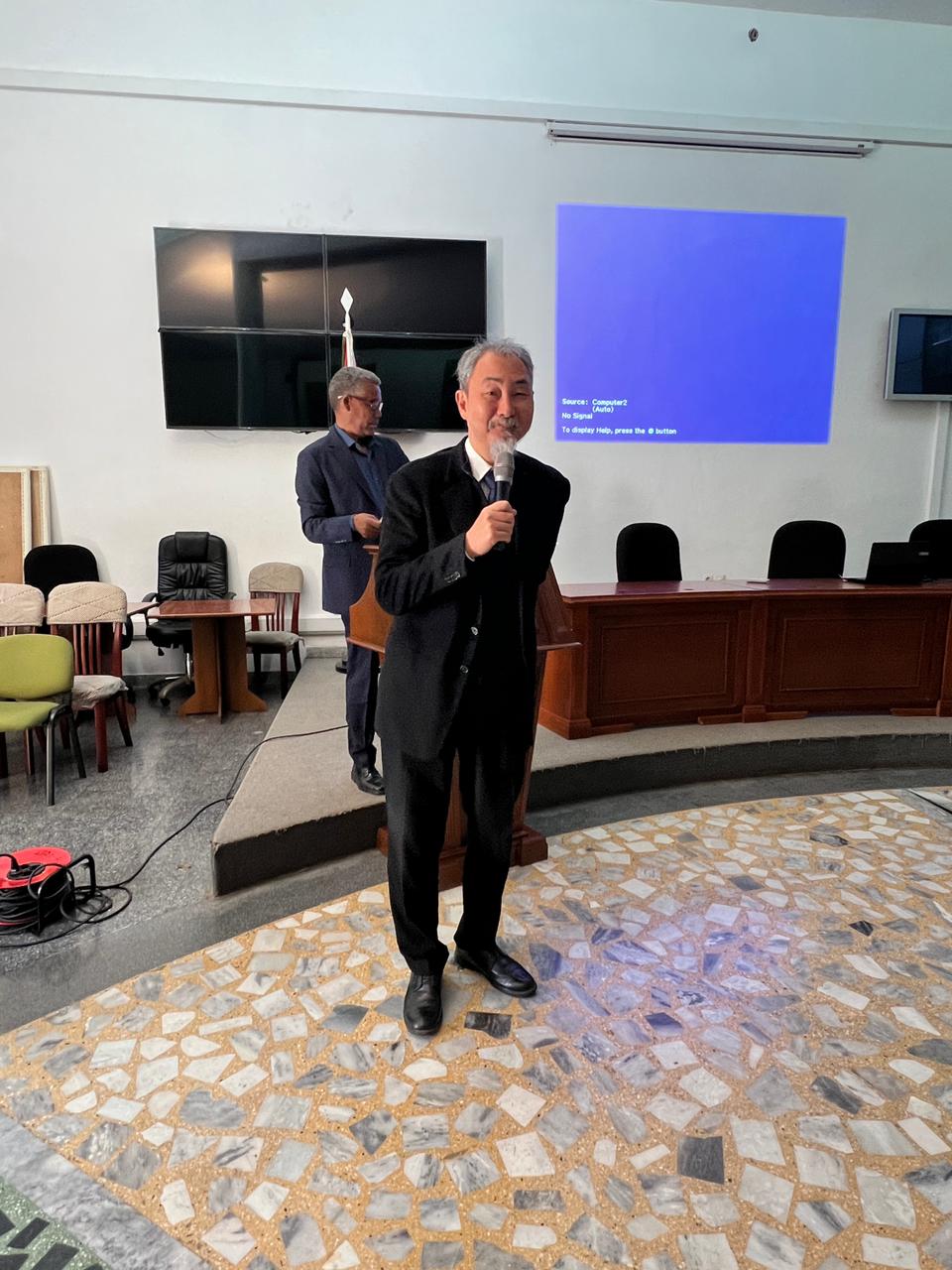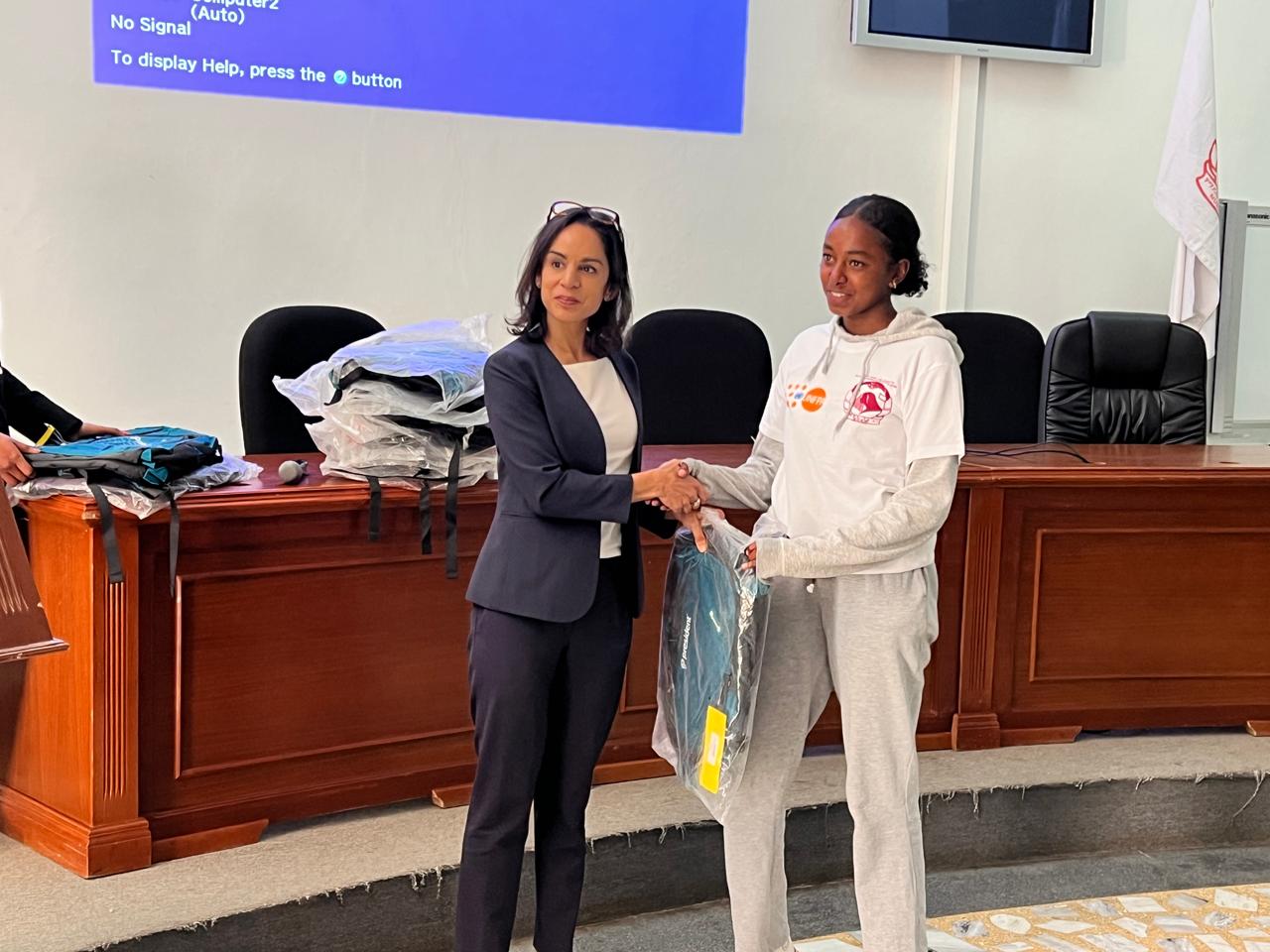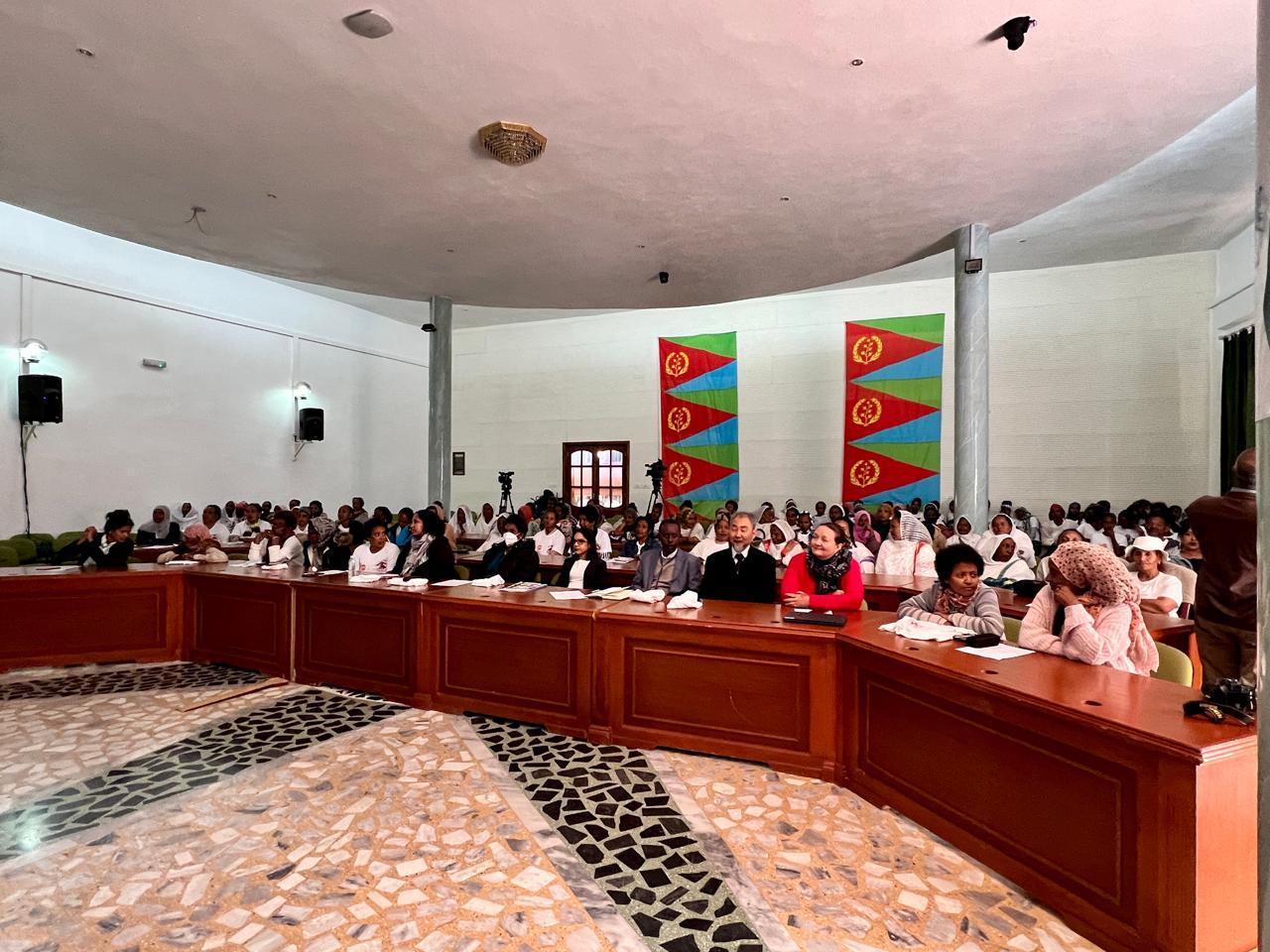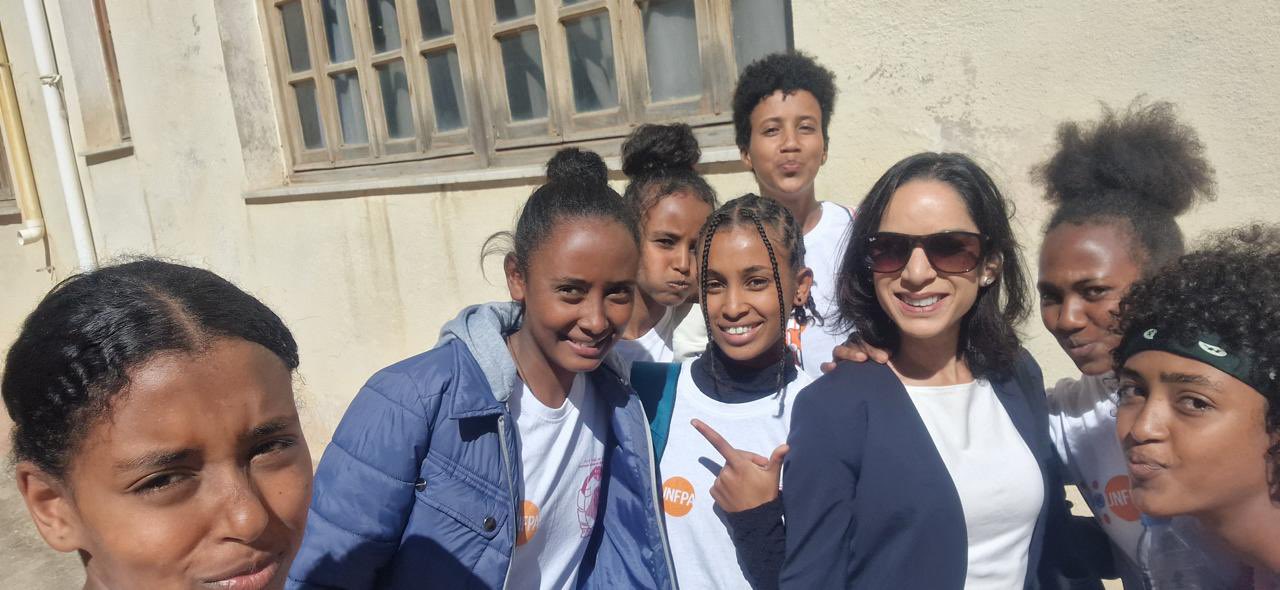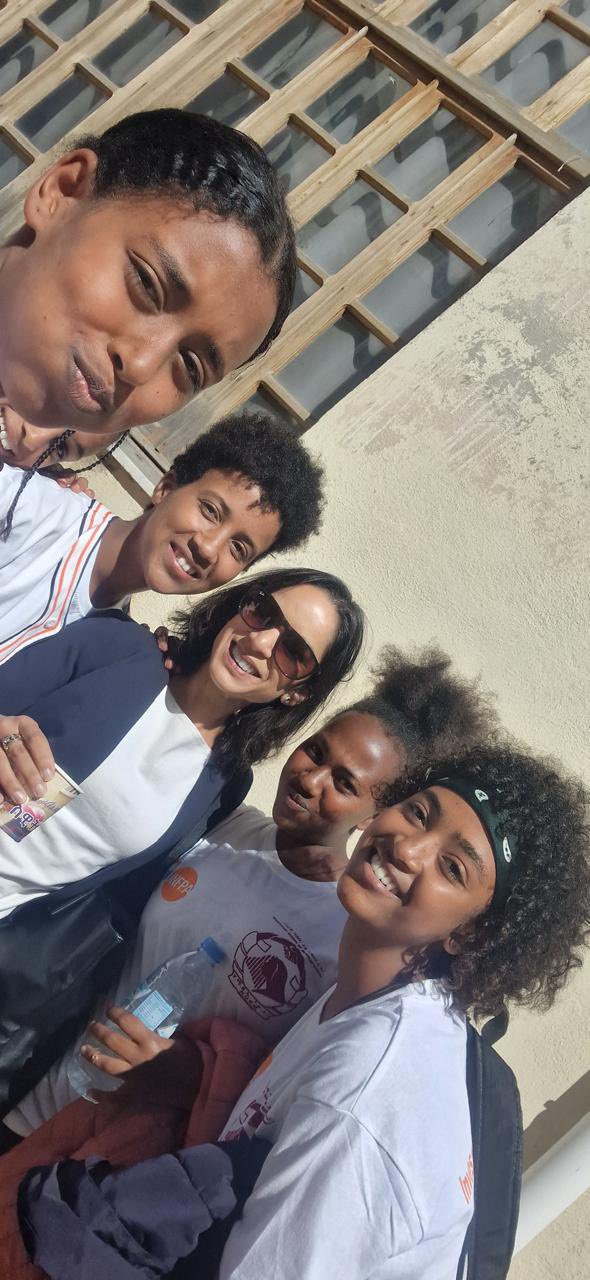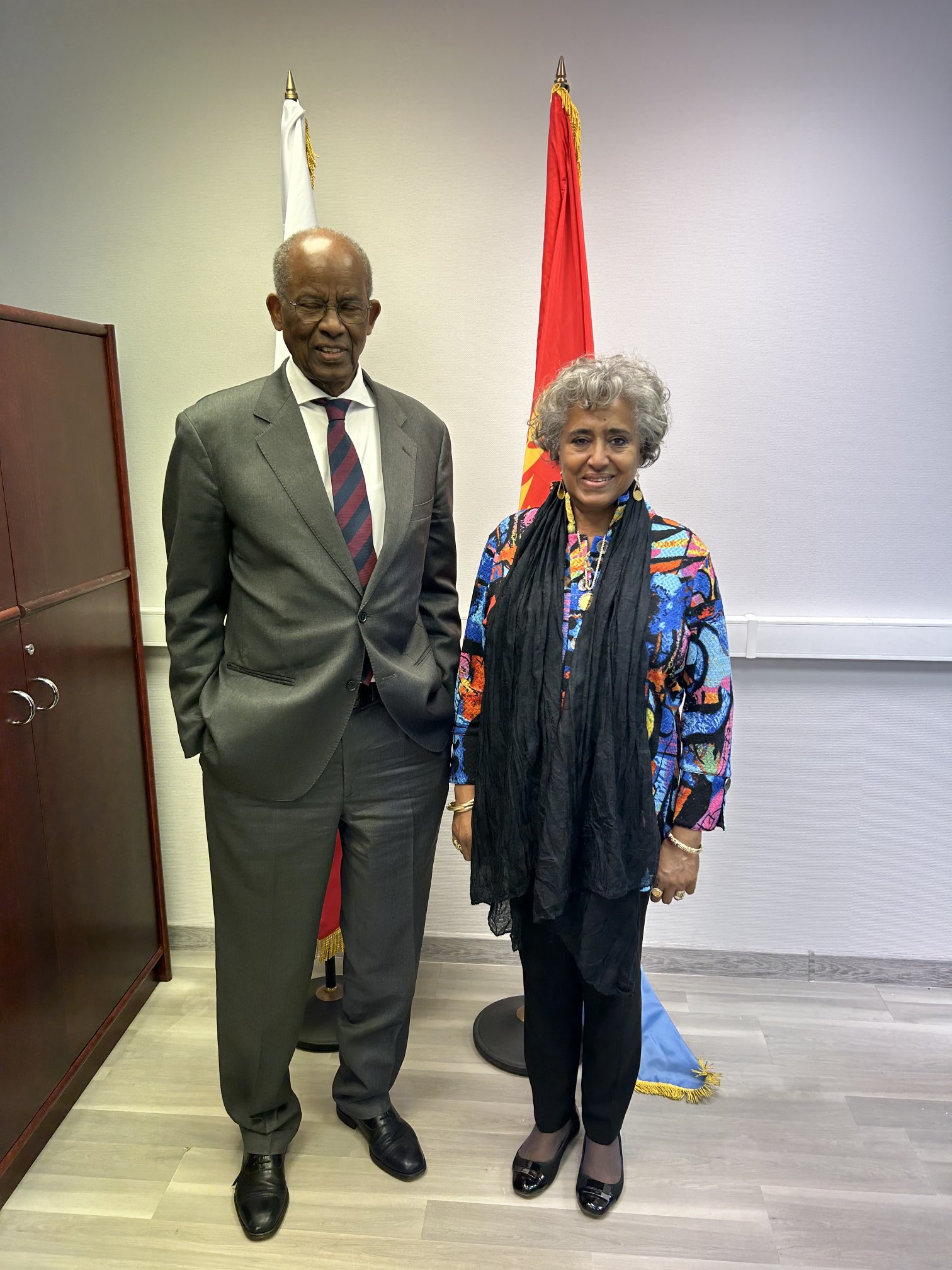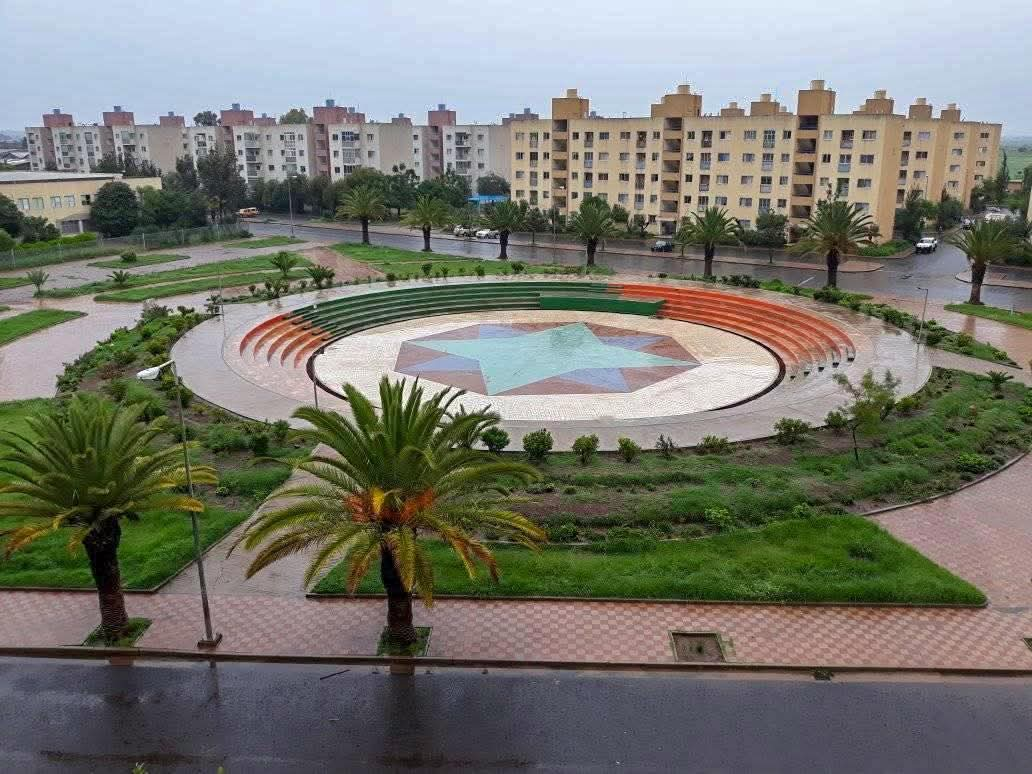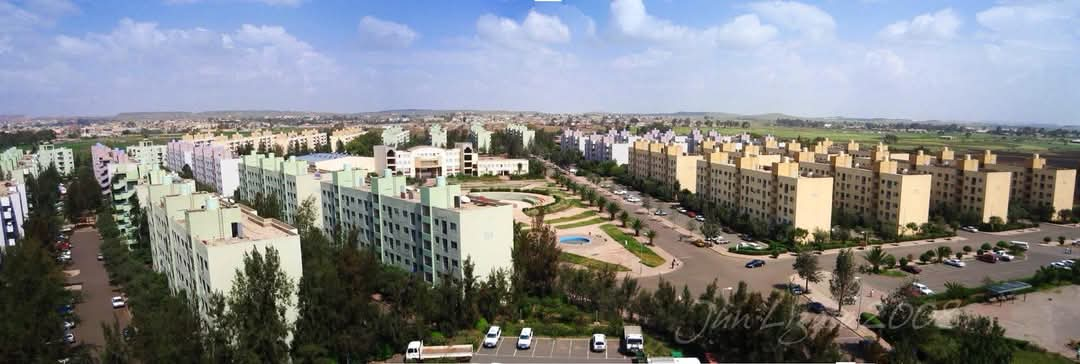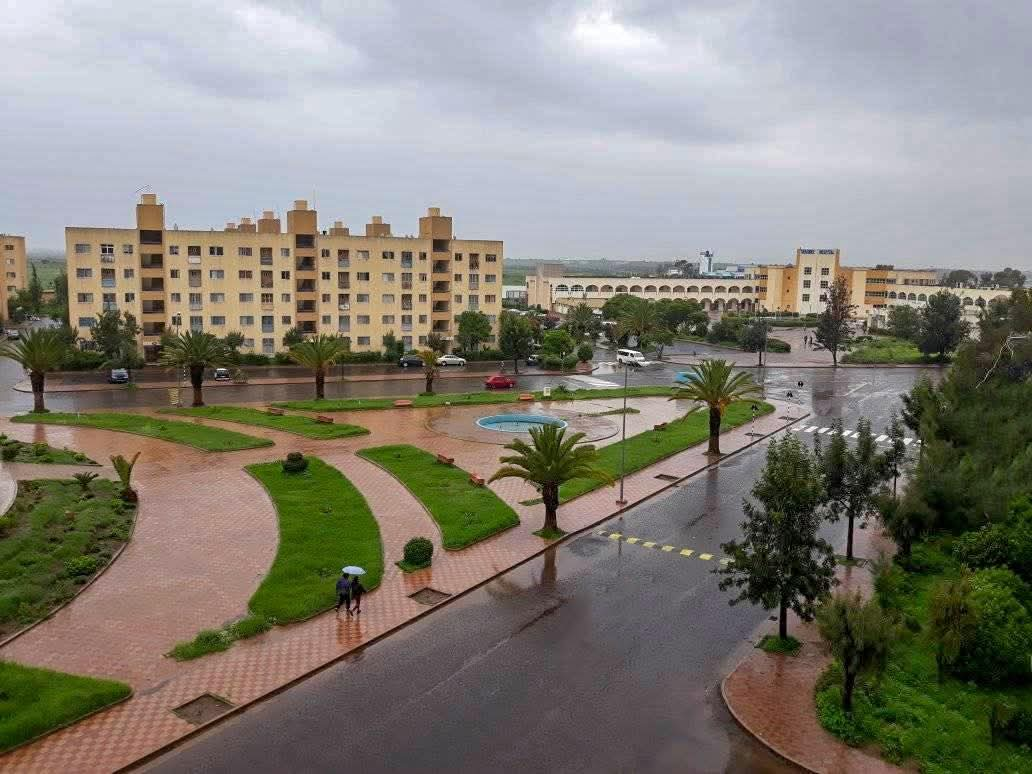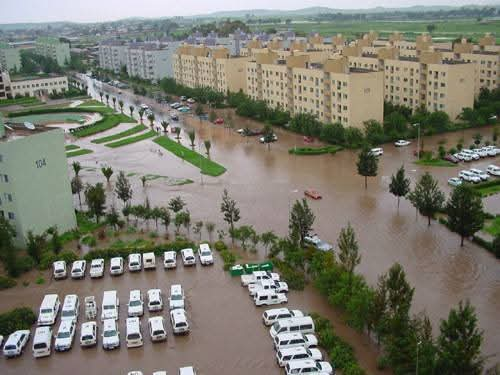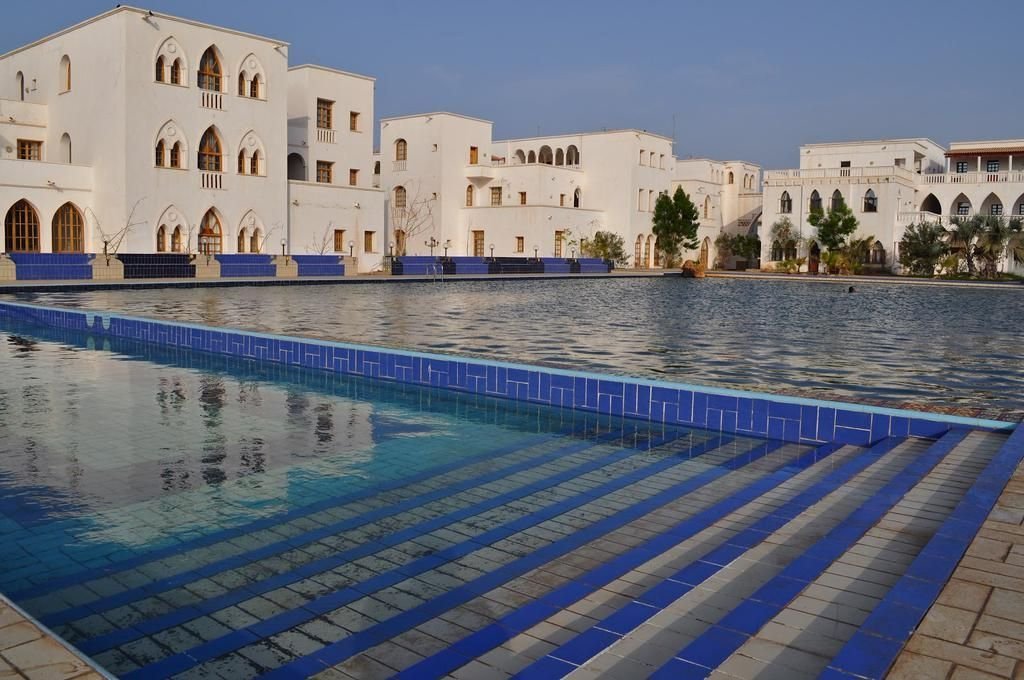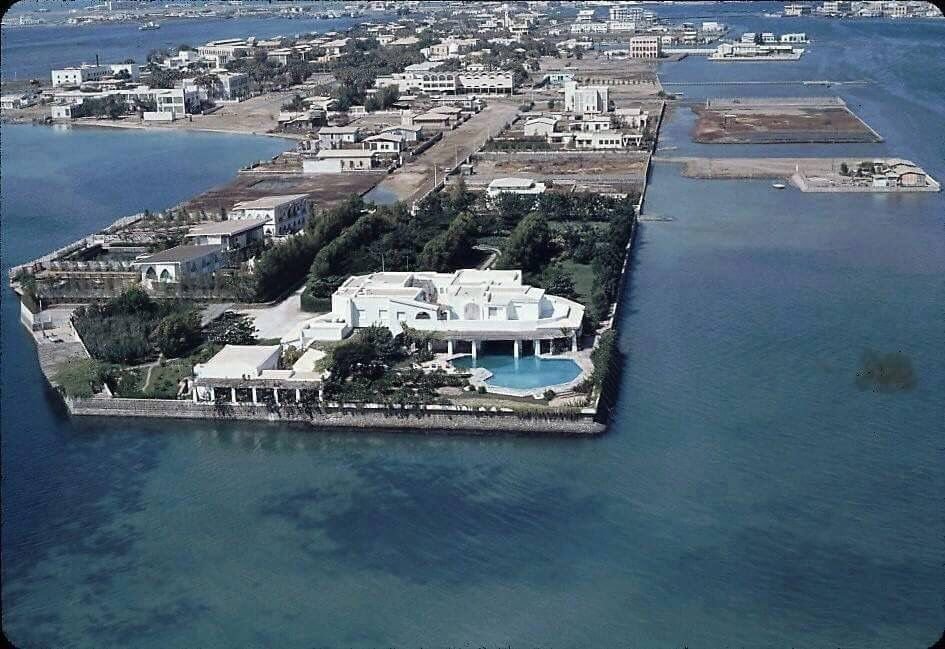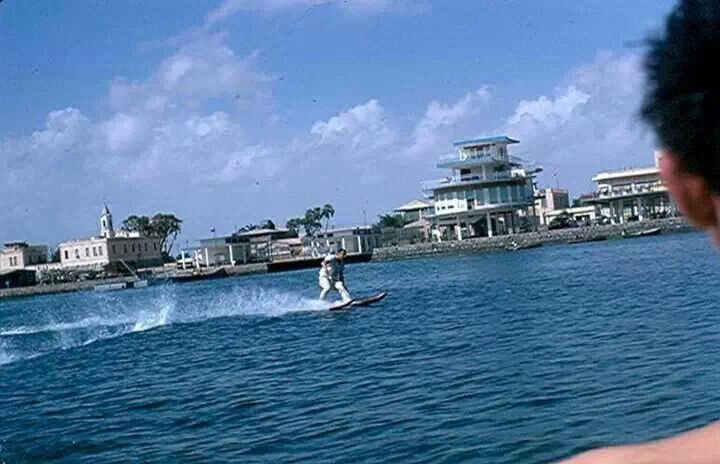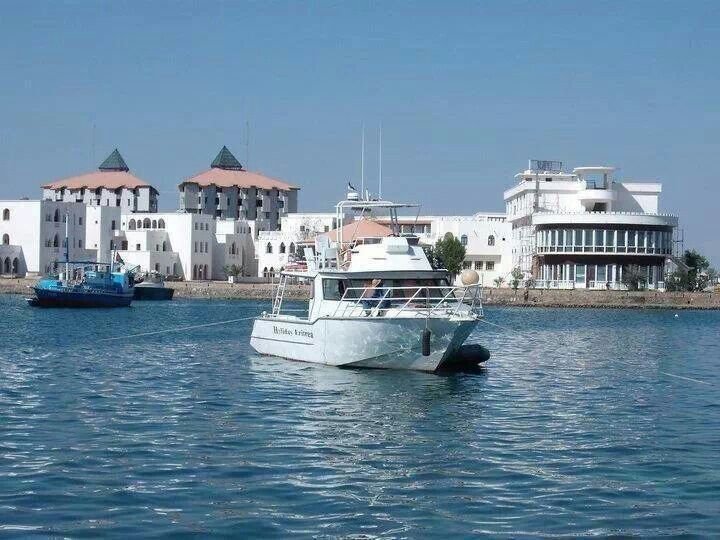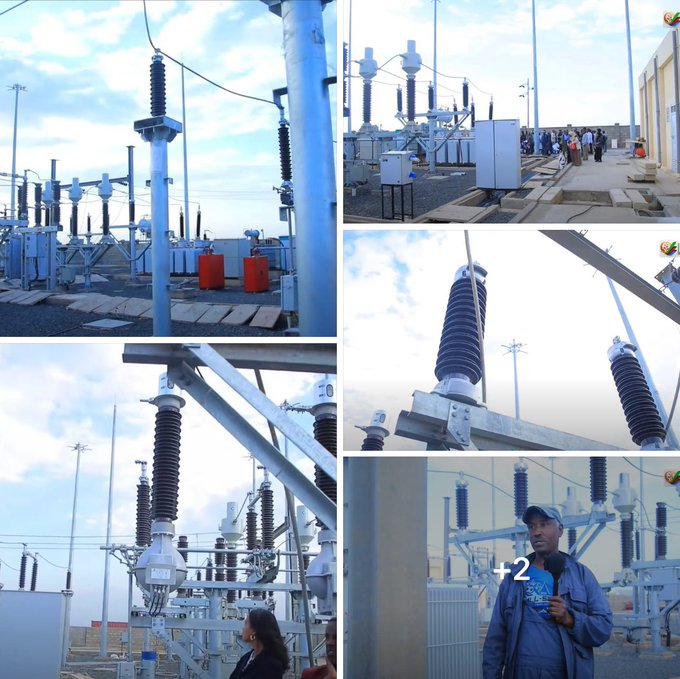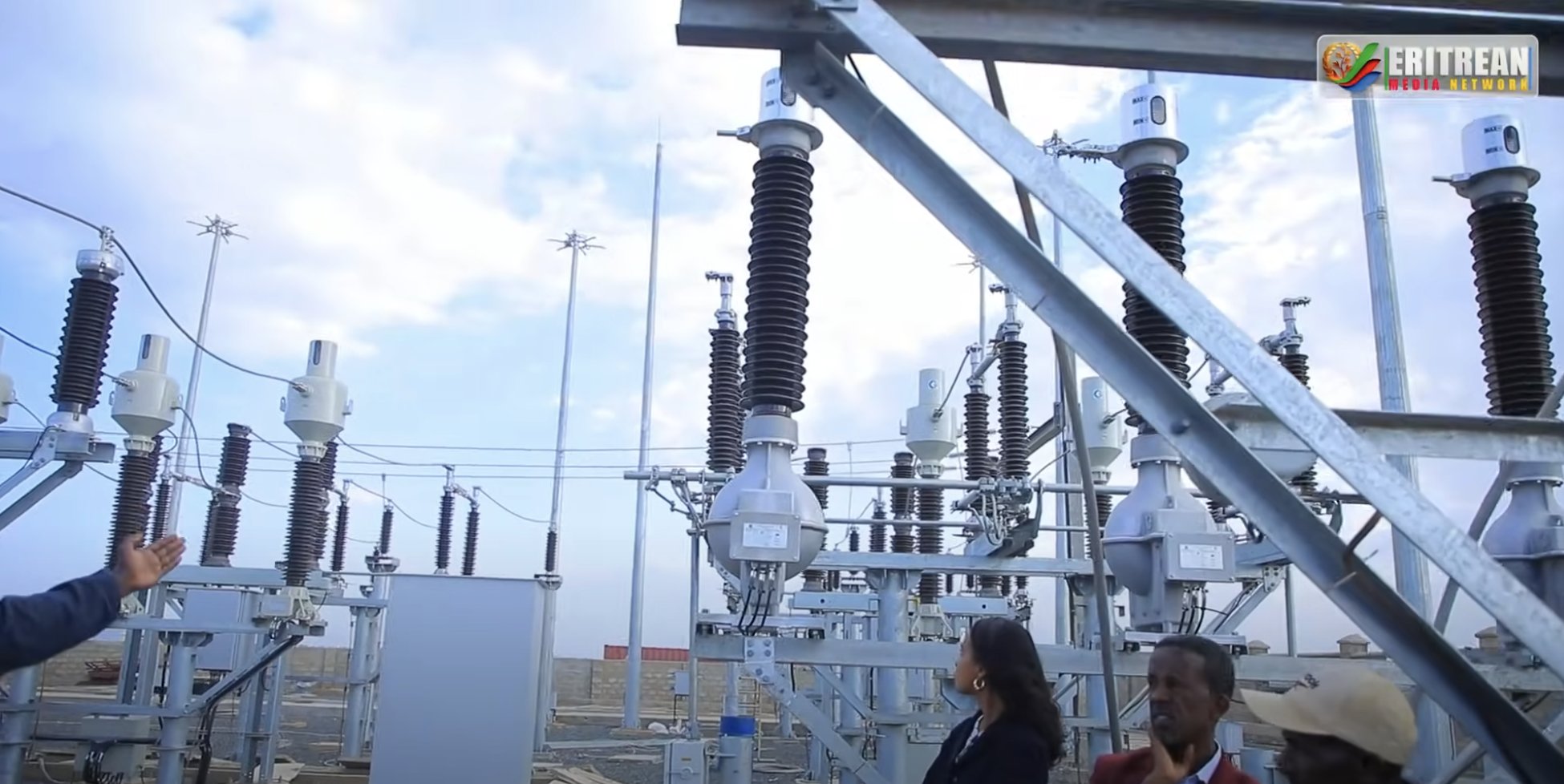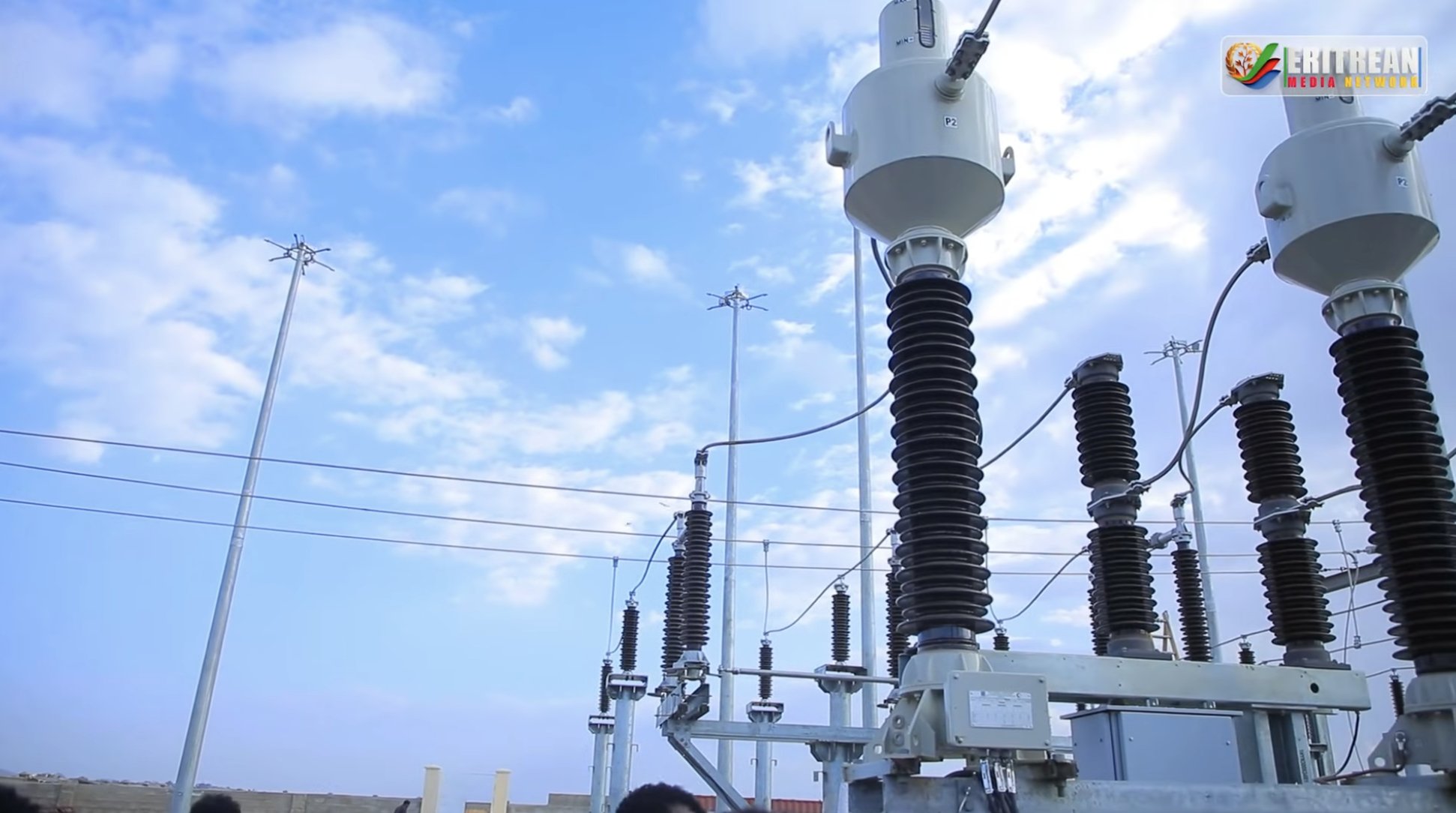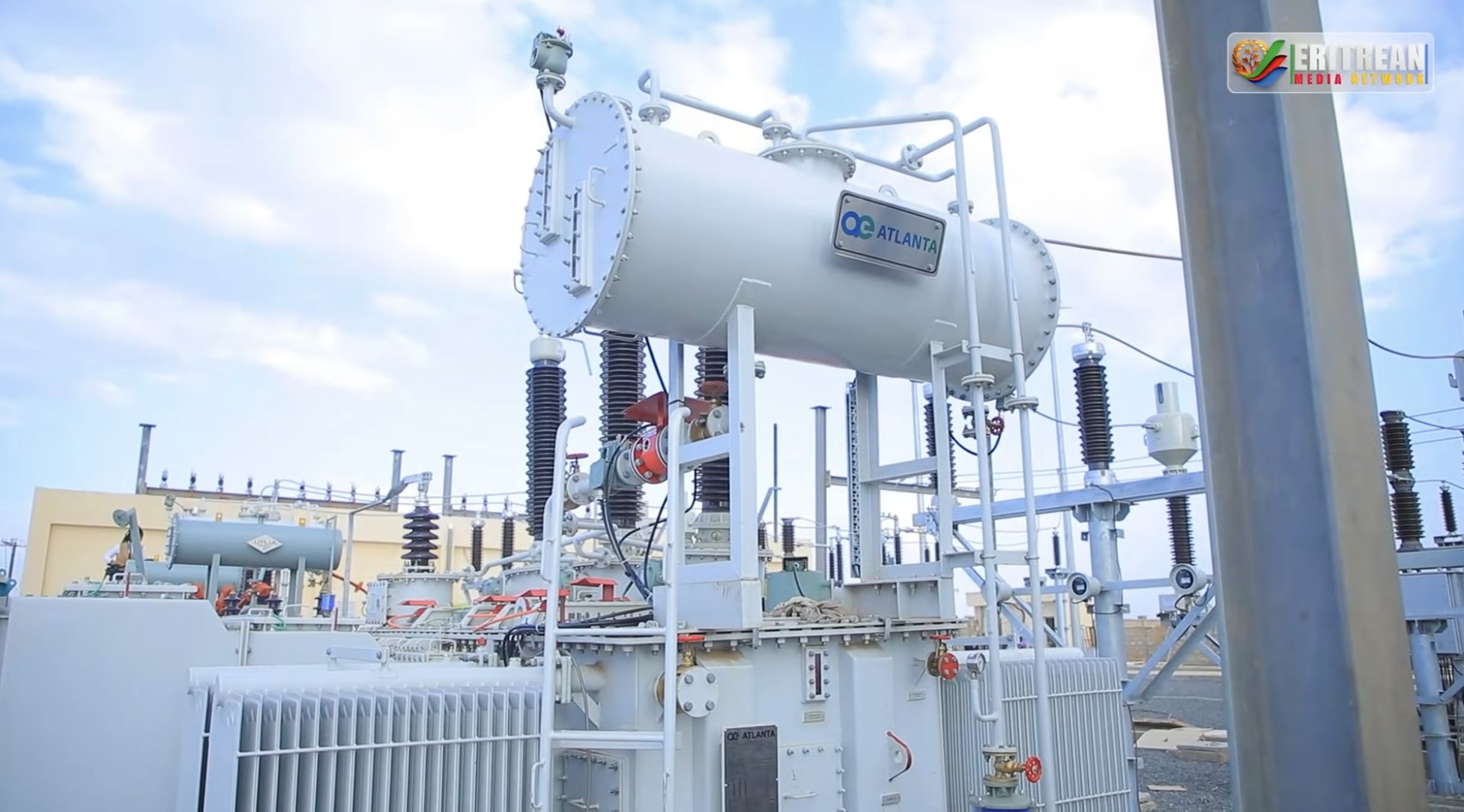The Forest of Resilience: The Legacy of the Mountain of Women
https://www.undp.org/eritrea/stories/fo ... tain-women
April 9, 2025
At 7 a.m., as the sun stretches over the Eritrean highlands, Wudasse Weldegherghis Zeweldi ties her netsela (traditional shawl) and steps out of her home. By 7:30 a.m., she is kneeling in the field, her fingers tracing the roots of a tree she is planting. This candid memory of hers brings her back a decade.
she proudly declares.This was once a wasteland. Now, it's a vibrant ecosystem, teeming with life,
Wudasse Weldegherghis Zeweldi from Embardae village, Ghala Nefhi, Central Region, Eritrea. ©UNDPModici
Wudasse, a mother of nine, recalls the years when her mornings began in darkness—grinding grain, preparing meals, and whispering promises to her children. In 2014, a designated protected area was established at "Taba Hamadae," which translates to the women's hill. This site is in the Ela Mokonen area of Bardae (Embardae) village, Ghala Nefhi, Central Region of Eritrea. When the Afforestation Project was launched, the idea of 300 women terracing a rock-strewn mountain seemed daunting. Initiated by the National Union of Eritrean Women (NUEW) in the Maekel region, Eritrea’s Ministry of Agriculture, and the UNDP/Small Grants Programme, the project aimed to rehabilitate degraded land. However, for the community, it meant far more than just land restoration.
Traditionally, women's roles were clearly defined - homemakers and caregivers. However, challenging this social structure required extraordinary courage from the women and their families. The breakthrough came through the visionary leadership of Mrs. Teblets Weldegerima, the respected community head of Embardae. With determination, she became the project's most passionate champion, personally visiting households to convince women of this transformative opportunity.
recalls Wudasse.When we saw Mrs. Teblets - a leader we all admired - working side by side with us in the fields, it gave us strength,
Her example shattered preconceptions, inspiring women to restore the land and claim their place as environmental stewards and income-earners.
Laughter and sisterhood, light the path as Embarda's women walk together to Taba Hamadae. ©UNDPModici
With determination and unity, the women transformed the landscape—restoring 240 kilometers of hillside terracing and nurturing 120,000 tree seedlings to life. Their work extended beyond planting; they also removed 170 destructive termite mounds, protecting the young trees.
Wudasse’s face lights up as she remembers those days.
she says.The trucks would arrive with 6,000 saplings at a time,
Rain or scorching sun, we ensured every seedling was in the ground by sunset—our shared mission.
The women worked in shifts, singing the traditional ululation of joy at the start of each day’s labor.
The miracle extended beyond the trees. As the ecosystem was restored, the forest flourished, and 26 indigenous species, ranging from acacias to fruit-bearing shrubs, regenerated, so did the wildlife: honey badgers, hyenas, monkeys, and guinea fowl returned. Wildflowers bloomed, attracting bees—the key to the women’s next venture.
In 2024, Wudasse and 19 other women from Embarda village received 40 beehives, two hives each with beekeeping and other relevant training. Now, they sell golden jars of honey at the market, reinvesting in more hives and expanding their business.
The mountain’s rebirth altered the community’s dynamics. Farmers now harvest grass for livestock, and the catchment area is no longer clogged with silt.
says Senait Mehari, Head of Department Socio-economic Services at NUEW.Even the pythons came back,
The women became more than workers; they emerged as skilled experts. Today, the entire community protects this forest as their legacy. Now, when Wudasse visits the mountain, she runs her hands over tree trunks thicker than her arm.Nature remembered its way home.
she whispers,When the wind moves the leaves,
it sounds like our laughter from those days.
Mr. Tesfom Mesfun Gherbrekidane, Forest and Wildlife Expert in Maekel region, shares his knowledge on native tree species. ©UNDPMichael
The Taba Hamadae is a monument to more than just biodiversity; it is a monument to collective defiance, empowerment, and resilience. Through their unwavering determination, these women have not only transformed their environment but also redefined their roles within society.
Wudasse reflects.They told us we were just planting trees,
The Hamade Afforestation Project, which ran from 2014 to 2017, exemplifies the profound impact of collaboration and community initiative. Initiated through the joint efforts of the UNDP Small Grants Programme, the Ministry of Agriculture, the National Union of Eritrean Women (NUEW), and local leaders, the project successfully rehabilitated 80 hectares of degraded land, revitalized vital catchment areas, and thwarted the encroachment of alluvial fill.But we were planting the future.
Today, the legacy of the Taba Hamadae continues to inspire. It is a powerful reminder that when communities unite for a common purpose, they can overcome societal norms and barriers, creating a brighter, more sustainable future for generations to come. The journey of these women reflects the strength of the human spirit and the undeniable truth that change begins when individuals dare to dream and take action. In embracing their flourishing mountain, they have not only restored nature but have also reclaimed their voices, establishing a new narrative of hope, empowerment, and flourishing community life.
___________
Eritrea’s Green Revolution: Women are the Main Bearers of Environmental Restoration
Community-led ecosystem restoration in Eritrea’s Anqerbalwa landscape
